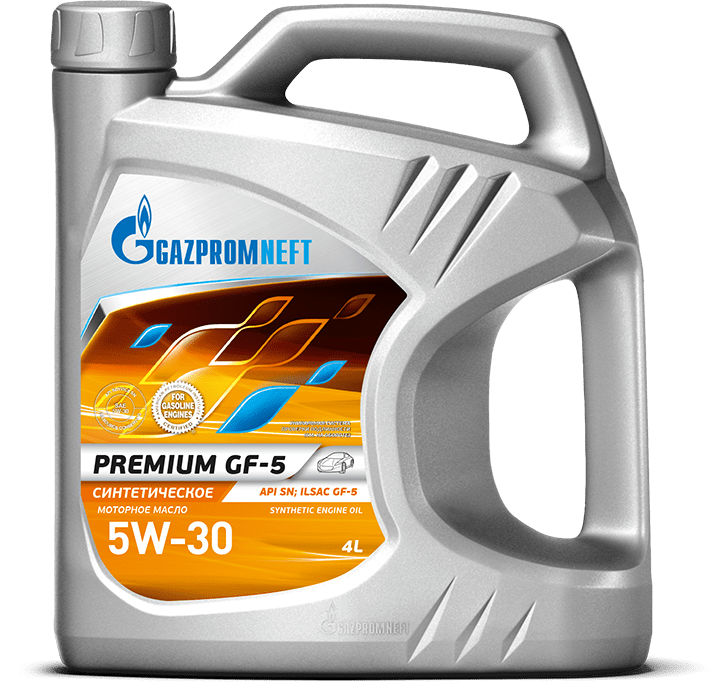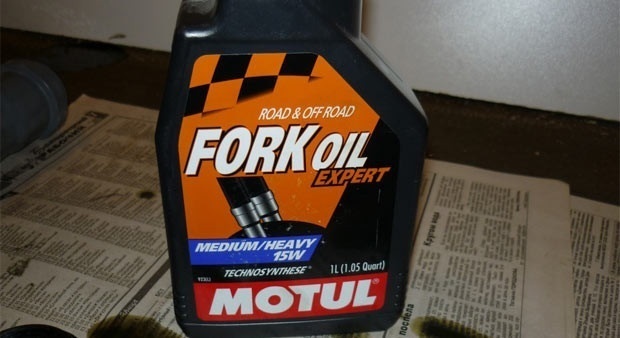
How to choose fork oil
Content
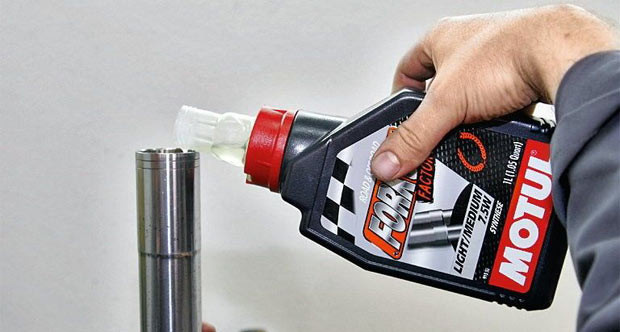
Fork oils are used to maintain the performance of motorcycle front forks and shock absorbers. Some motorists even believe that it is advisable to pour such funds into car shock absorbers. Let's see the brands and characteristics of this group of oils.
Working conditions of a motorcycle shock absorber fork
The front fork is two long tubular parts that support the front wheel of a motorcycle. These parts move up and down to compensate for uneven road surfaces.
Unlike a car shock, the spring assembly allows the fork leg to compress and then rebound, which improves ride and traction. Each front fork tube on most motorcycles contains a spring and oil. In the middle of the last century, the fork legs were just a spring inside a pipe. When the spring compresses from impacts, the front end of the motorcycle bounces.
After the development of the damping system, the process of such a rebound movement became much smoother. However, to mitigate shocks, there must be an incompressible fluid in the system that can absorb shock loads well: fork oil. The most common design has a tube inside each shock absorber strut with holes and chambers that control the movement of oil.

Functions and features
Despite the wide range of products offered, there are many inaccuracies and ambiguities in its purpose and parameters. Thus, the performance requirements for fork oils include:
- Guarantees optimal fork damping and stability over a wide temperature range.
- Independence of oil characteristics from fork design.
- Prevention of foam formation.
- Exclusion of corrosive effects on the metal parts of the shock absorber and fork.
- Chemical inertness of the composition.
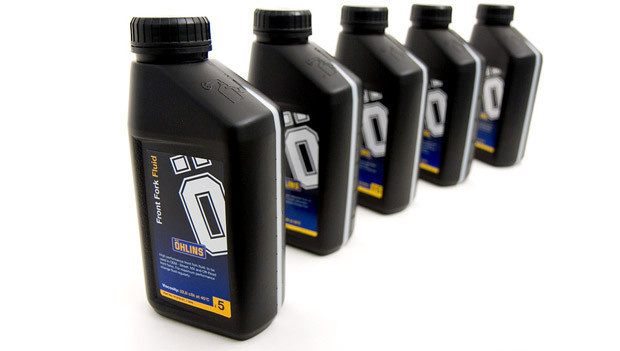
All brands of motorcycle fork oils are hydraulic fluids, therefore, depending on their quality, even some general-purpose industrial oils according to GOST 20799-88 with a suitable viscosity can be used. Please note that as the viscosity of the oil increases, the fork will return to its original position more slowly. On the other hand, as the viscosity increases, the performance of the oil increases, especially when driving on rough roads, for motocross motorcycles.

How to choose fork oil?
First of all, because of its viscosity. As you know, kinematic viscosity is measured in centistokes (cSt) and represents the rate of fluid flow through a conditional pipe of a certain section. In practice, the most commonly used dimension is mm2/s.
Fork oils are subject to the American Society of Automotive Engineering (SAE) standards, which relate viscosity values at a given temperature (typically 40°C) to product density and weight. Weight in English weight; From the initial letter of this word, the designations of brands of fork oils are formed. So, when considering oils for motorcycle forks of brands 5W, 10W, 15W, 20W, etc., it should be remembered that, for example.

The mass of oil in the fork is determined by an industry standard used in hydraulic systems called Saybolt Seconds Universal (SSU). Unfortunately, the willfulness of large manufacturers often leads to confusion on fork oil labels. The following correspondence of the viscosity parameters was experimentally established:
| Qualifications | Actual viscosity value, mm2/s at 40 °C, according to ASTM D 445 for branded products | |||
| rock shock | liquid molybdenum | Motul | Motorex racing fork oil | |
| 5 W | 16.1 | 17.2 | 18 | 15.2 |
| 10 W | 33 | 29,6 | 36 | 32 |
| 15 W | 43,8 | 43,9 | 57 | 46 |
| 20 W | — | — | 77,9 | 68 |
What can replace fork oil?
A much more sensitive viscosity scale is used to calibrate the oil, so in practice you can get a conventional 7,5W or 8W “for yourself” by mixing common industrial oils in the required proportions.
For the performance of the product in specific operating conditions, it is not the viscosity value itself that is important, but the so-called viscosity index. It is usually expressed in the Saybolt Seconds Universal Scale (SSU) at 100°C. Let's say the numbers on the container read 85/150. This means that the SSU value of the oil at 100°C is 85. The viscosity of the oil is then measured at 40°C. The second number, 150, is a value indicating the difference in flow rate between the two temperatures, which determines the claimed viscosity index.
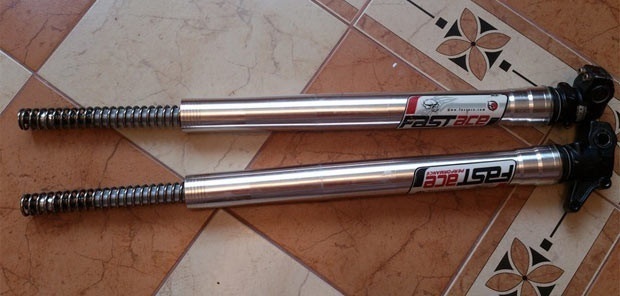
What does this have to do with motorcycle forks? The friction created by the sliding of the metal parts and the back and forth movement of the oil increases the temperature inside the assembly. The more constant the oil weight remains, the less likely the fork damping will change.
Therefore, it is quite possible to replace fork oil with industrial oil by combining its grades according to the operating conditions of your motorcycle.
With certain reservations, this principle can be used for other vehicles (with the exception of racing motorcycles).
